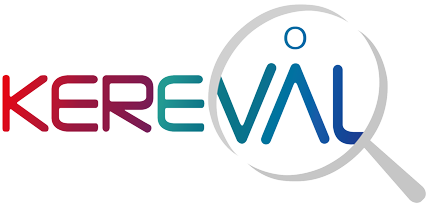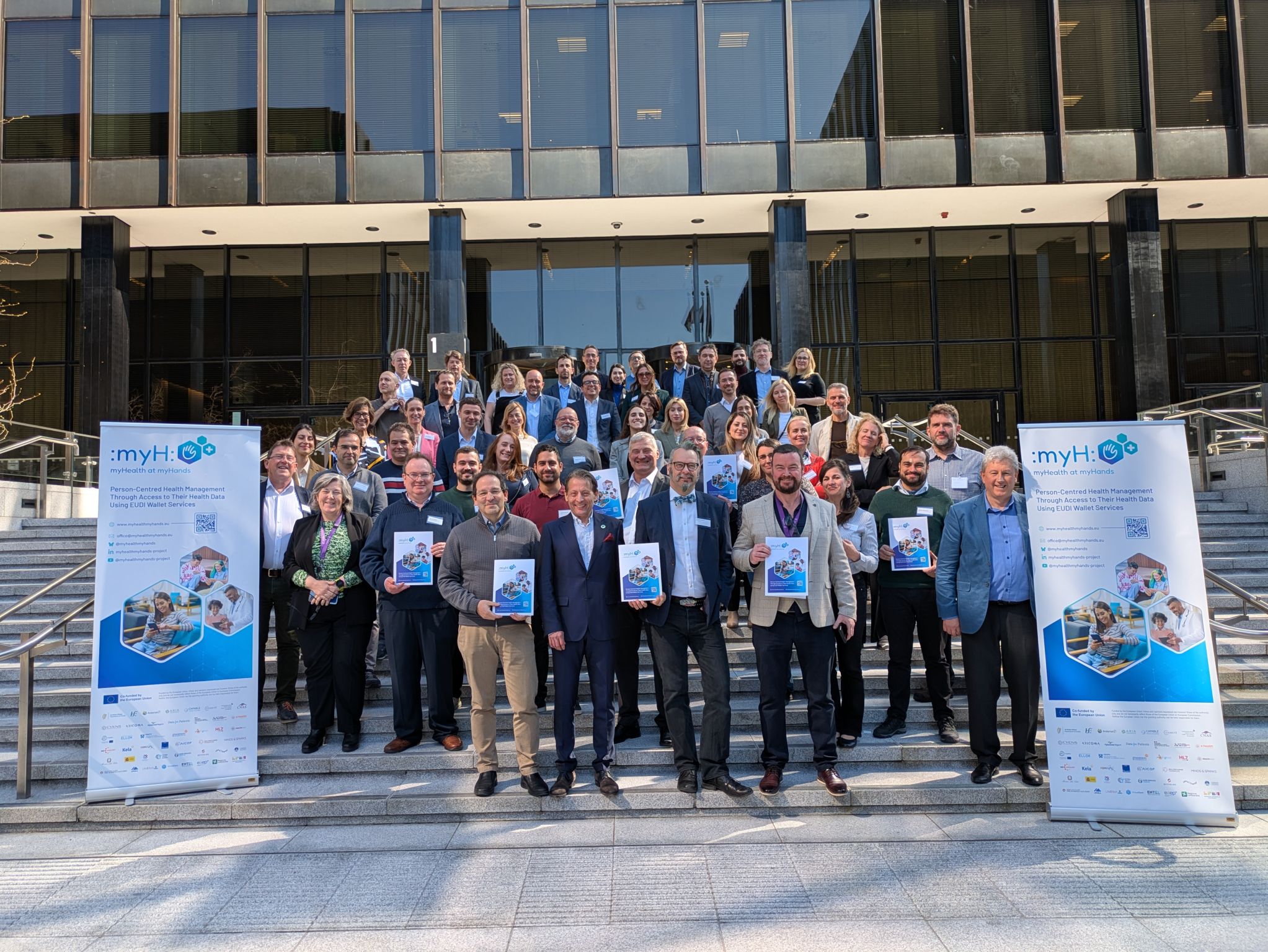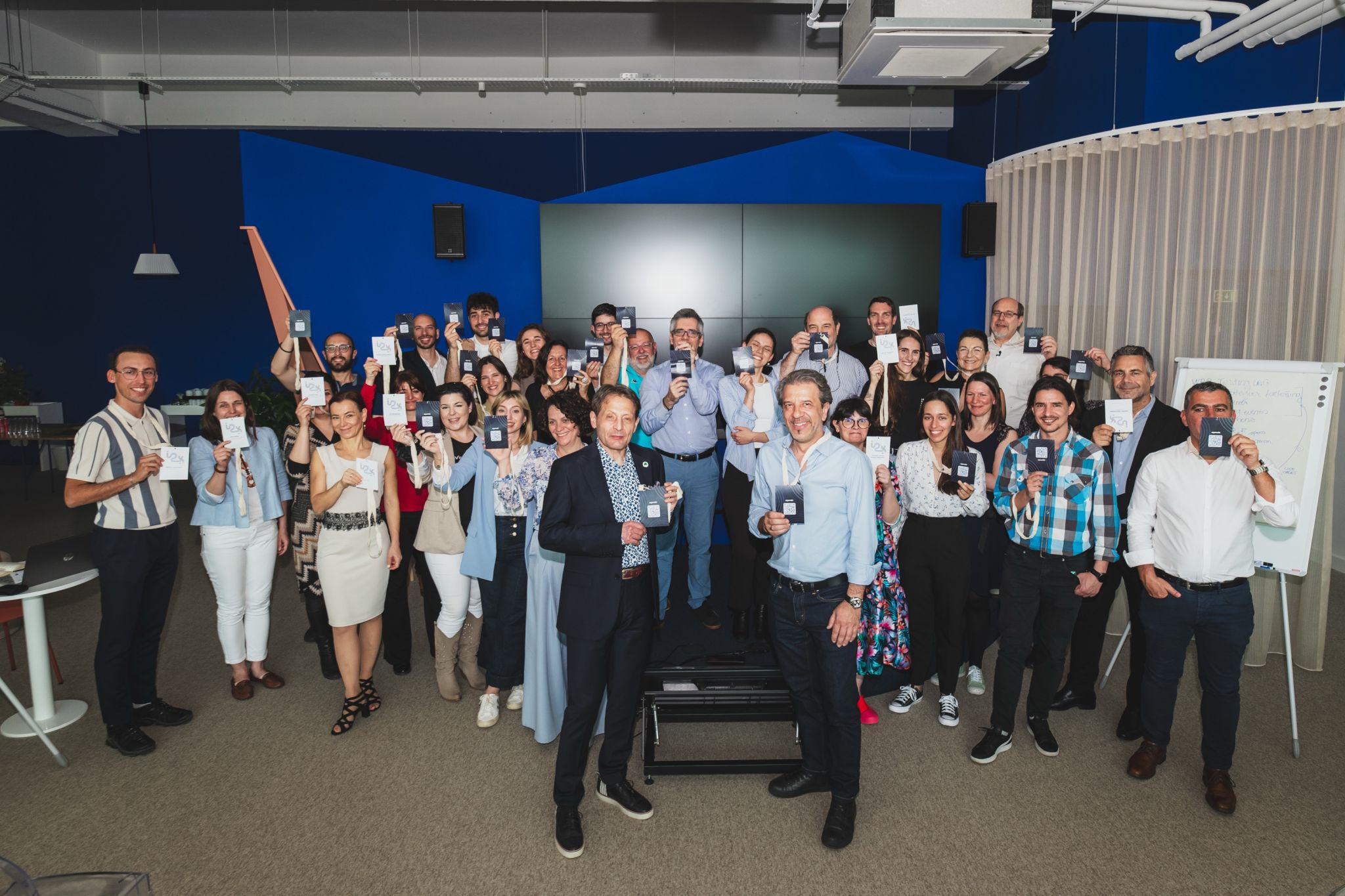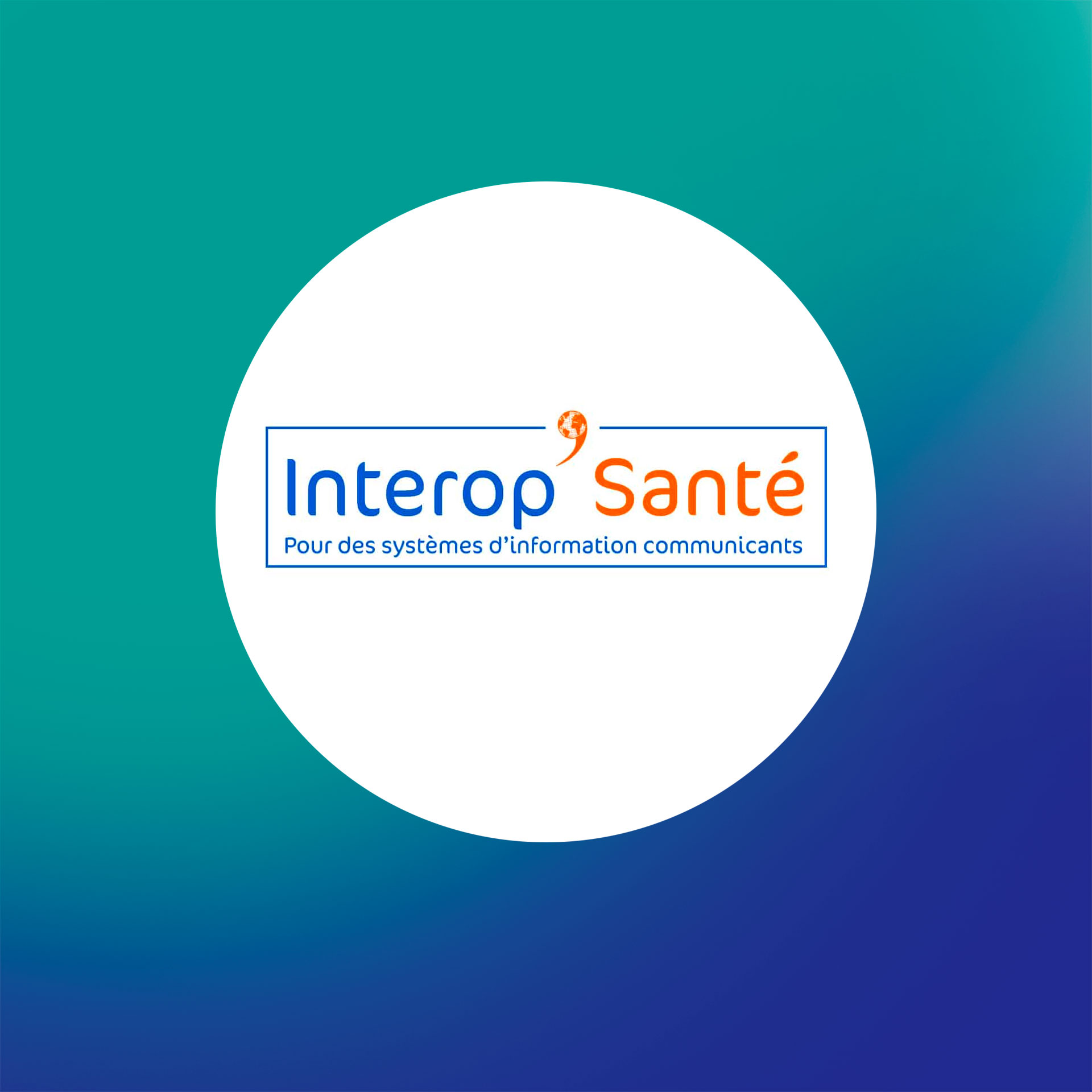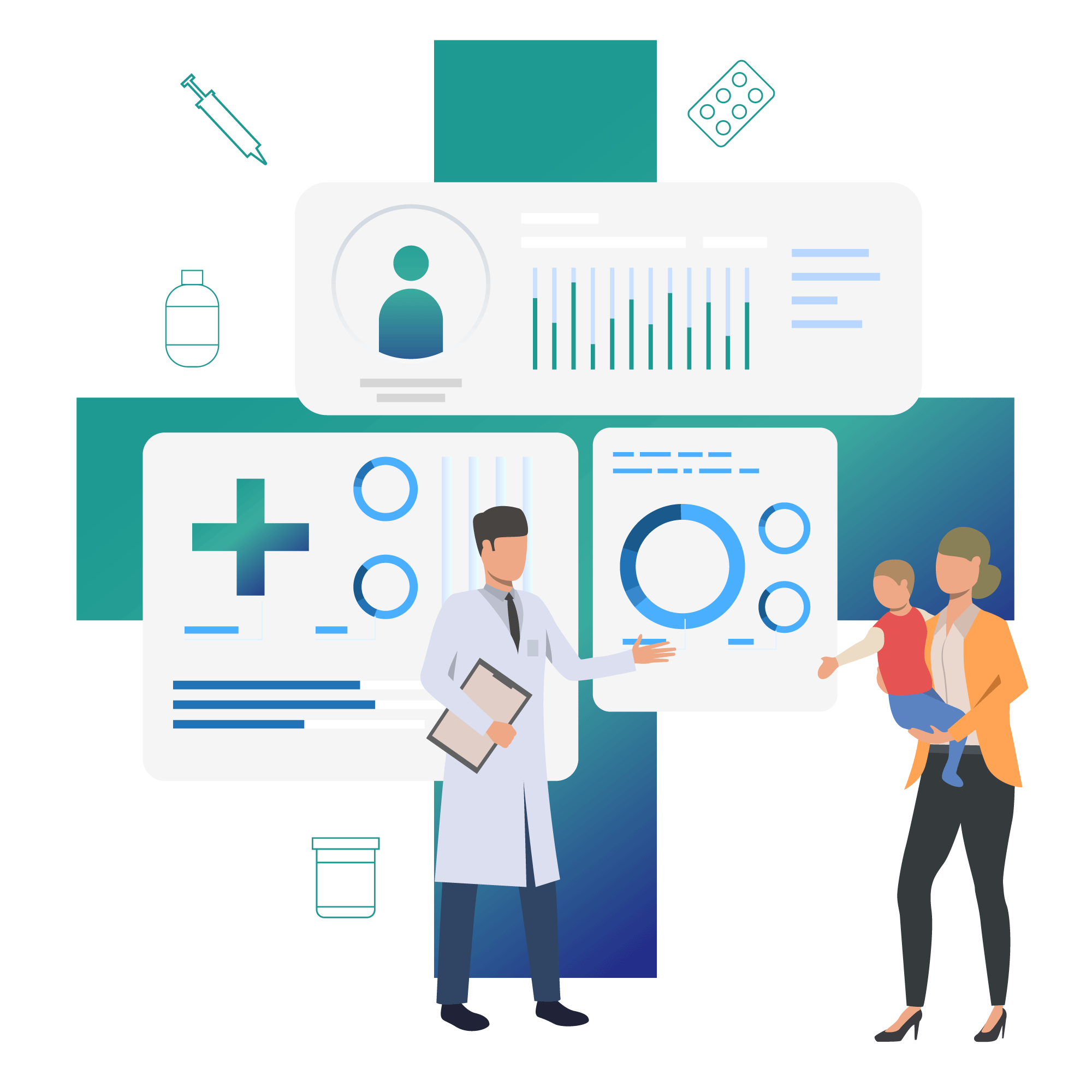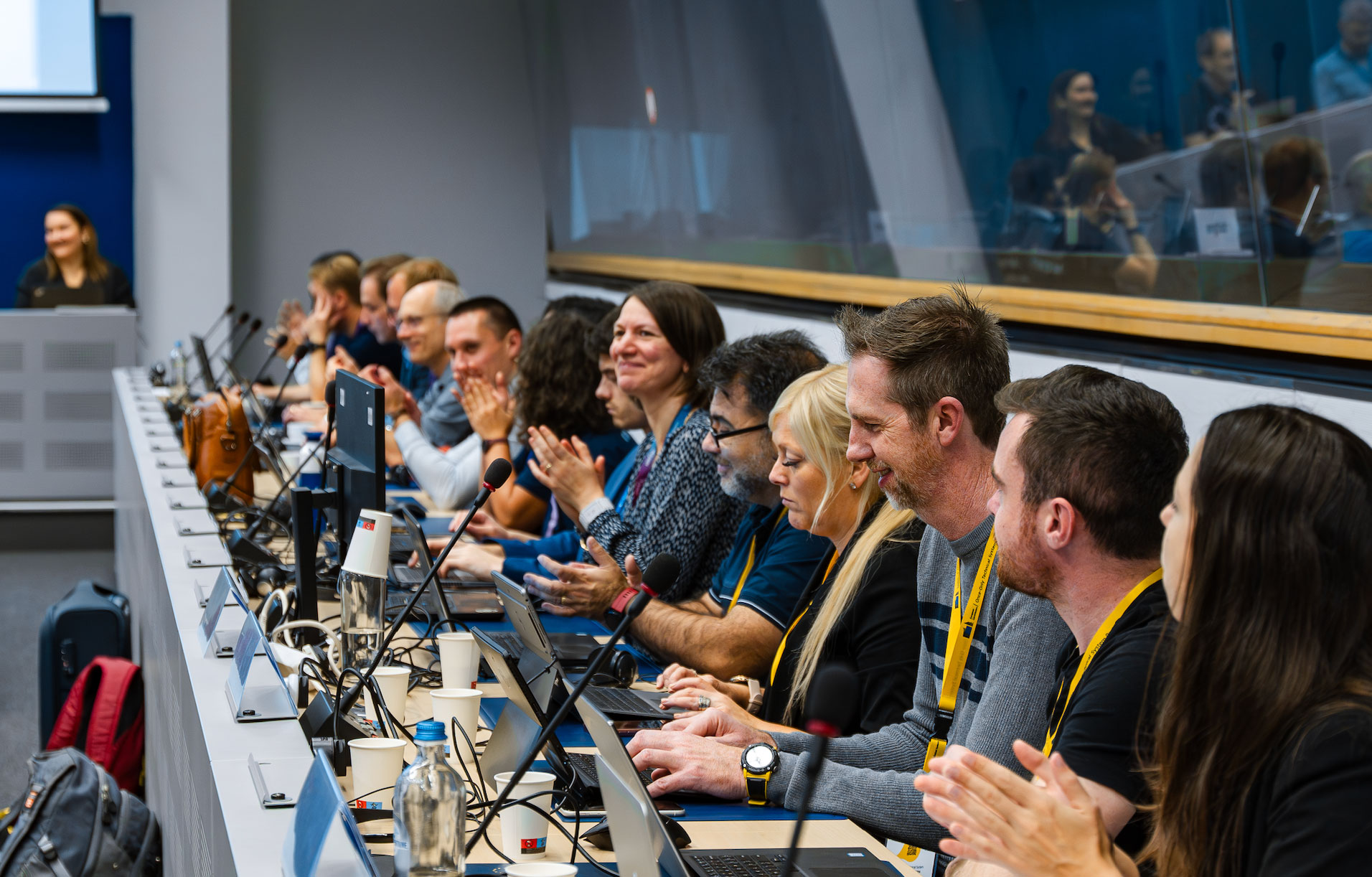What is e-health interoperability?
“MaSanté 2022: un engagement collectif” is a government project that aims to improve the French healthcare system in order to offer patients more relevant and higher-quality care, treatment and follow-up. This commitment proposes to reduce inequalities in access to care and enable healthcare professionals to cooperate more effectively by developing digital technology.
To encourage cooperation between healthcare professionals, we need to improve the efficiency and security of information exchanged between their information systems. It is therefore essential for these different systems to interconnect, and for the players involved to share a common language. This is where the notion of interoperability comes into play. This concept is all the more important given the exponential growth in software offerings over the past few years.
What is interoperability?
Interoperability is defined as the ability of one system to communicate with another without special adaptation. To ensure that the information exchanged is understood by all and can be exploited, systems exchange according to reference systems that take into account five levels of interoperability:
- Legal interoperability defines the legal framework with which all players must comply.
- Organizational interoperability covers all the processes involved in exchanging information.
- Semantic interoperability provides a precise meaning for the information exchanged, so that everyone can understand it without altering it over time.
- Syntactic interoperability concerns the grammar and format of the information exchanged.
- Technical interoperability brings together all the technical elements needed to convey information between systems (interface specification, interconnection and data integration services, transport protocol, security requirements).
Why implement interoperable systems?
Interoperability has multiple advantages.
On the one hand, it enables software publishers to save time on implementation, while limiting investment. The solution is developed only once. Secondly, when it comes to implementing the solution on a customer’s site, all that’s required is simple parameterization.
What’s more, as the technical aspects are defined in the repository used, the project manager can concentrate on the business aspects to best meet the needs of the end-user.
In addition, interoperability enables each organization to be independent in its choice of business tool, thereby ensuring the long-term viability of its investments. They can therefore choose the tool that best meets their needs, without having to worry about the solution used by their partners.
How can we help?
The Agence du Numérique en Santé (ANS), formerly known as ASIP Santé, is a key player in interoperability in France, supporting all healthcare players in the digital shift.
It promotes dematerialization at national level and facilitates exchanges between systems and players by defining a common language in terms of concepts, syntax and vocabulary. The ANS specifies a set of interoperability standards:
- The Health Information Systems Interoperability Framework (CI-SIS) specifies the information to be exchanged between health information systems, and identifies the most appropriate standards and norms to be used for this exchange (HL7 CDA, HL7 FHIR, DICOM, IHE profiles, etc.). It takes the form of a body of documentation organized around specific use cases (examples of use cases: Cahier de liaison with HL7 FHIR, Compte rendu de biologie with HL7 CDA).
- The Health Object Model (MOS) is a library of generic elements that describes the information processed in exchanges, enabling healthcare systems and players to share a common language (examples of elements: a person under care, a legal entity).
- Nomenclatures des Objets de Santé (NOS) are lists of codes and labels for structured elements of healthcare systems (e.g. a list of civilities, a list of equipment).
Functional aspects
ANS analyzes the interoperability needs of the business sectors, through discussions with the players concerned. These needs are then formalized in a functional specification. The functional specification focuses on a specific use case, not on the technical solution.
In fact, the functional specification sets out the legal framework and context for the business process. The business process identifies the players involved and their various exchanges. The information to be shared is then described semantically and syntactically, using MOS health objects and NOS nomenclatures. Functional specifications are a source of enrichment for the MOS, which evolves as needs change.
Technical aspects
Once the functional flows have been established, the ANS studies the existing situation, evaluating the international norms and standards likely to cover the use case. The most relevant is then selected to establish the technical specification.
The technical specification constrains the implementation of the chosen norm or standard in the context specified in the functional specification, by :
- Retaining elements useful for the use case,
- Constraining the cardinality of elements more strictly than the selected norm or standard,
- specifying the nomenclatures used (list of codes/labels).
The ANS interoperability repositories currently cover many needs in the healthcare sector, through various use cases such as vaccination, cardiology risk patient records, etc. In order to better respond to the “Ma Santé 2022” strategy, the ANS wishes to broaden the scope of its repositories by integrating more of the medico-social sector, with, for example, the development of a use case for the Information System for Departmental Houses for Disabled People (SI-MDPH).
In addition, a study aimed at integrating a use case specific to the medico-social sector into the CI-SIS is currently underway. This is an approach to standardizing information exchanges, known as ESPPADOM (Echanges informatiques pour les Services aux Personnes en Perte d’Autonomie au DOMicile). The framework is that of the implementation of the Allocation Personnalisée d’Autonomie (APA) and the Prestation de Compensation du Handicap (PCH) or, more generally, social assistance.
Kereval’s commitment:
As part of its interoperability consulting activity, Kereval supports the ANS in the evolution of these national repositories by assisting in the drafting of functional and technical documentation for the CI-SIS, and in the updating of the MOS and NOS repositories.
Kereval is also working with the ANS and the CNSA to integrate medico-social use cases into the CI-SIS, as part of the work on ESPPADOM and the SI-MDPH.
